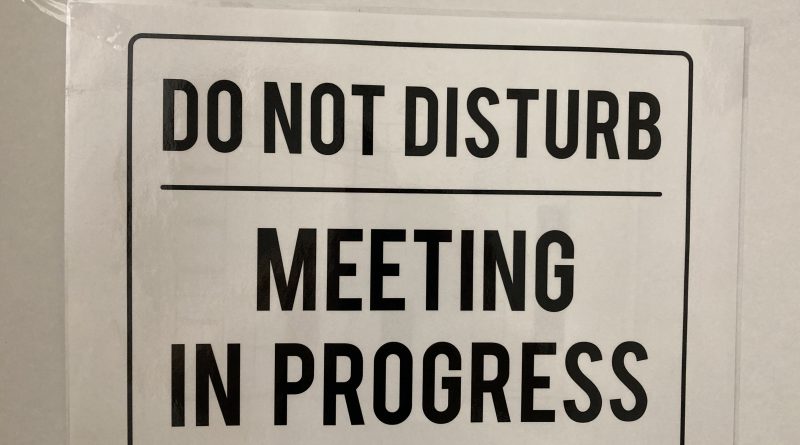The IB Visit
If you have been involved with the Academy in any way over the last year, you have probably heard about “The Visit.” As an International Baccalaureate (IB) World School, we are evaluated every five years, to ensure we are promoting and executing the programs properly. Last month, we experienced our first evaluation visit since becoming an IB school.
As you may have read in an earlier blog, due to some scheduling issues (mostly involving COVID), we arranged to have both the MYP and the DP evaluated at the same time. This meant that Ms. Bronya and I could share resources and save a little time, which became especially important when we discovered that all visits this year would be “virtual.” In other words, no one would actually come to the school; everything would be done online.
So, what does the IB look for when they visit a school? This is not a traditional inspection; no one is interested in how much we spend on pencils or whether Edupage has been updated… unless those things somehow affect one of the programs. Instead, the IB wants to see how a school uses the IB language: Learner profile, ATLs, Global Contexts, etc. They want to know that unit plans are being created according to the IB frameworks, and that students know what is expected of them. They want to see that the school has facilities that will support all the subject areas, including the Arts, PHE, and Design, and that all subjects receive the appropriate attention.
How do they do this? It starts with an enormous amount of paperwork, which is handed in months prior to the visit. Members of the school community complete a lengthy self-study questionnaire, which asks us to rate our progress in relation to the various standards and practices of the IB. (You may remember being asked to take a survey about the MYP; this was part of that process.) We collect evidence to support our answers, and then we submit it all electronically, along with sample unit plans, organizational charts, examples of school brochures, and a variety of other things.
The visit itself is done over three very intense days. The visiting team meets with representatives from all of the subject areas in turn, as well as the school leadership, parents, and students. For small schools like EISB, that means they meet with just about everyone, including the owners. They also tour the school, visit classes, and meet regularly with the Coordinator(s). For our online visit, staff had to be available to act as “feet,” carrying laptops around so the visitors could tour facilities and observe classes.
The visit ends with an exit meeting, in which the visiting team comments on their findings; this information will form the basis of the official report the school receives from the IB. That report is broken down into commendations (good things), recommendations (suggestions for the future), and matters to be addressed (items that need to be handled by a certain deadline).
What was our result? We won’t know exactly until we receive that official report in a few months. I can say, however, that we received positive feedback about our staff and our efforts. We definitely have things we need to work on, but that is just part of being a young and growing school. As MYP Coordinator, I can honestly say I’m pleased… and very relieved that it’s over. ?




